Scientific Publications in AquaKlif
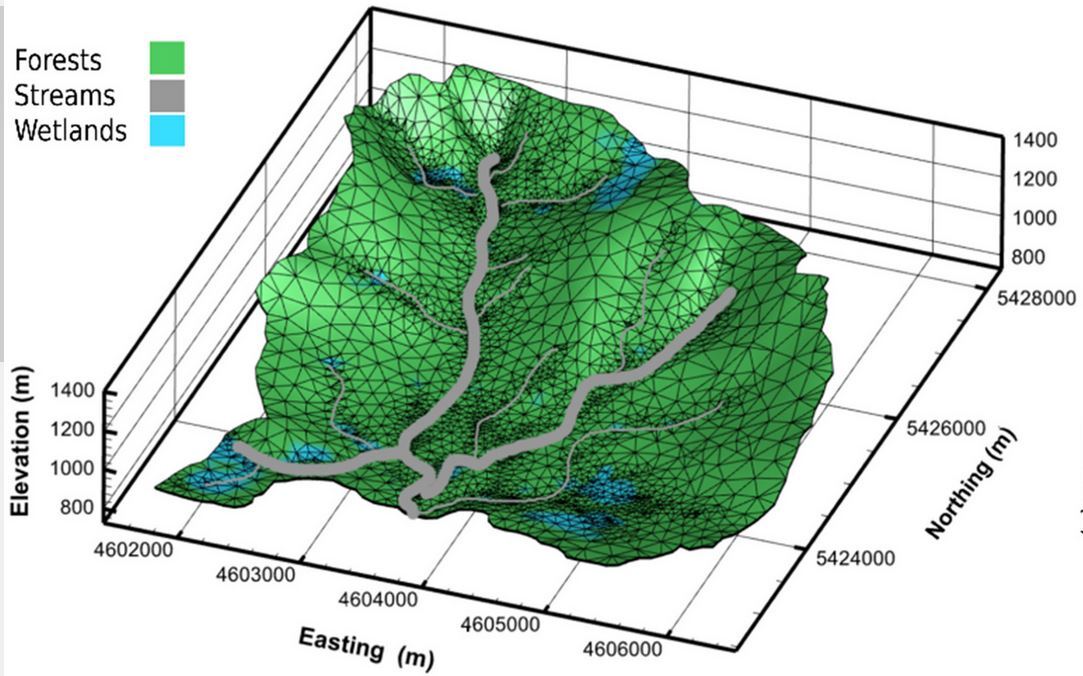
Headwaters provide unique habitats and are important for the regulation of water temperature and oxygen levels for downstream river networks.This study uses an integrated hydrological model in combination with 23 downscaled ensemble members from representative concentration pathways (RCPs) to examine how climate change affects water availability in a headwater catchment under baseflow conditions.
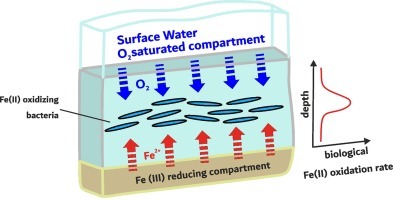
The oxidation of iron is an important process in water bodies and wetlands. It can take place with or without the involvement of bacteria. The study investigates under which conditions - pH value, oxygen content and thickness of the "biofilms" - the oxidation of Fe(II) stimulated by bacteria predominates over the inorganic oxidation of Fe(II).
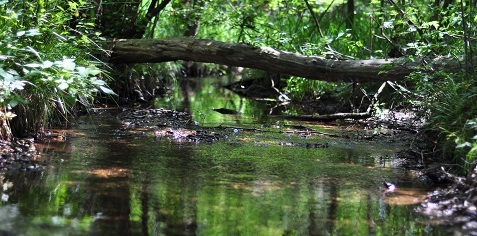
Predictions of stream water temperature are an important tool for assessing potential impacts of climate warming on aquatic ecosystems and for prioritizing targeted adaptation and mitigation measures. The study assessed whether open-access data can serve as a suitable resource for accurate and reliable water temperature prediction using artificial neural networks.
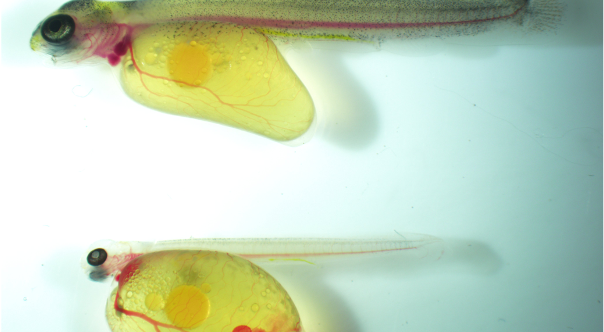
Multiple stressor interactions on fish recruitment were tested in flume experiment. Effects of warming, fine sediment and flow alteration acted synergistically. Mortality and size-depression were most pronounced in spring-spawning salmonids. Expected climate change effects likely result in exceedance of tolerance levels. Conservation and mitigation measures need to be based on this mechanistic knowledge.
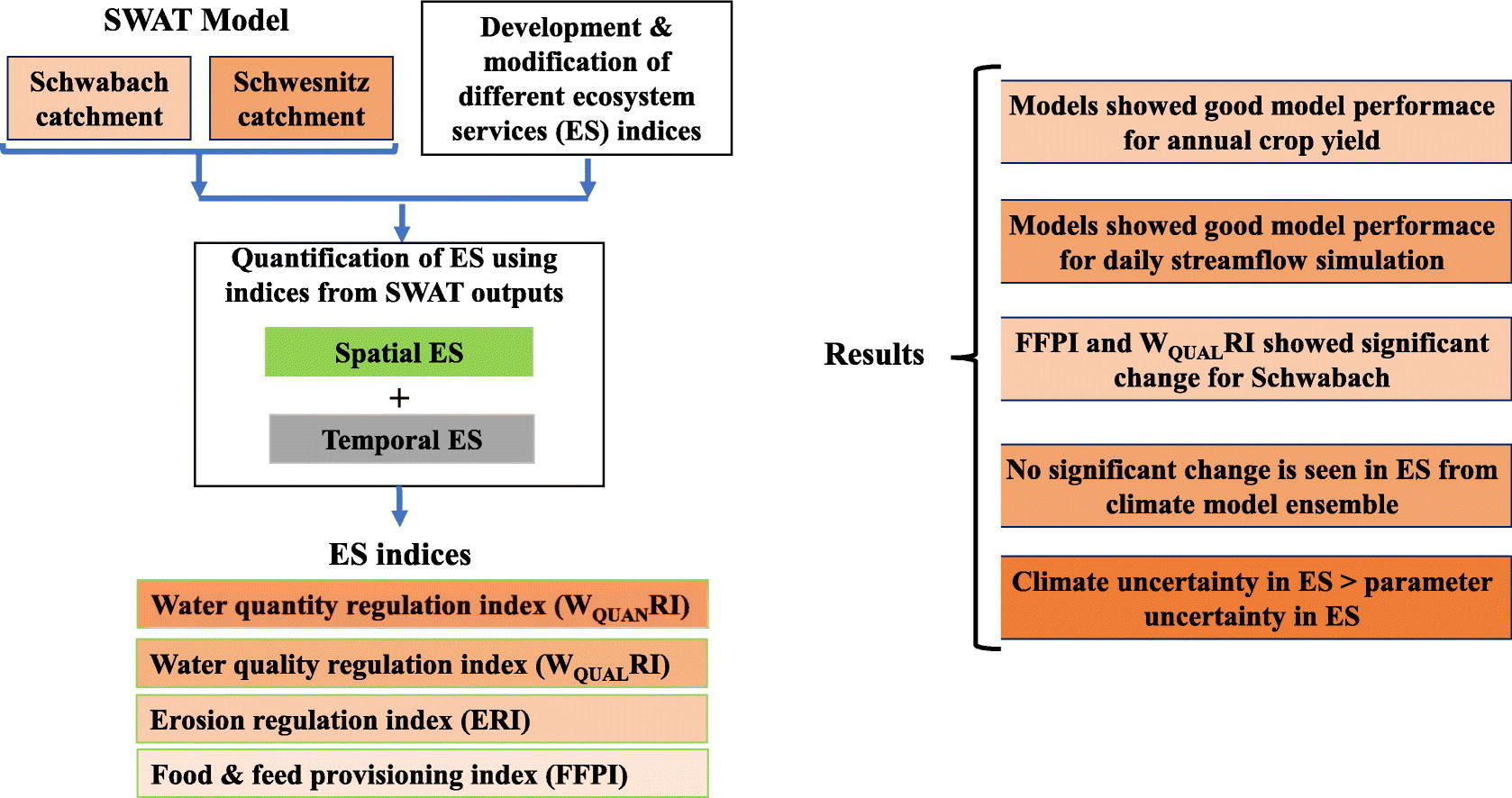
This study proposes a modeling approach to assess the impacts of climate change on selected ecosystem services with high spatial and temporal resolution. For this purpose, the regulation of water runoff, water quality, erosion, and crop yields are modeled in two agriculturally dominated catchments on the Schwesnitz and Schwabach rivers in Bavaria.
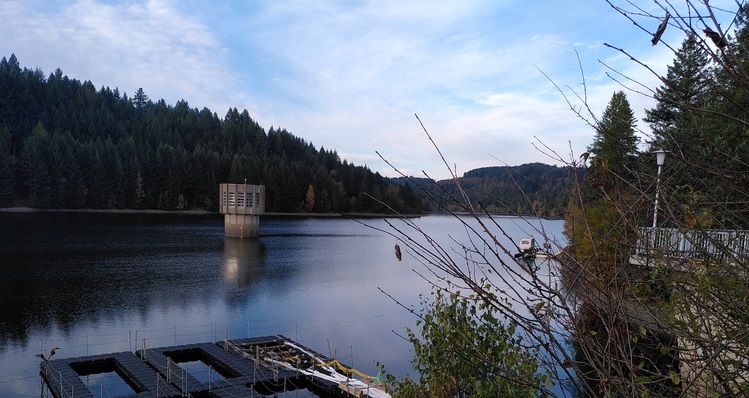
This work provides a first global overview of the chemistry of lakes and reservoirs, considering data of over 1500 water bodies derived from scientific publications and online databases. The study focusses on major ions and investigates analogies as well as differences between lakes and reservoirs.
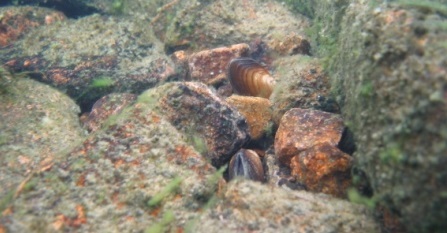
Conservation of endangered, cold-stenothermic species, such as the freshwater pearl mussel and its salmonid host fish, are particularly challenging in headwater streams as their last refuge areas. This simulation study analyses the impact of fish ponds on such streams using data from a region where ponds are numerous. Results on groundwater inflow from AquaKlif were used for calibrating the model.
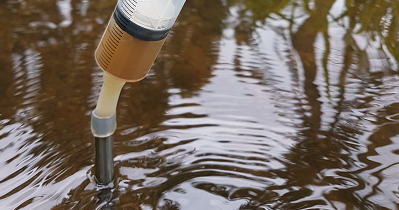
Dissolved oxygen is crucial for aerobic life in streams and rivers. However, climate and land use changes progressively disrupt metabolic balances in natural streams as sensitive reflectors of their catchments. In this work the authors tested dissolved oxygen and its stable isotope (18O/16O) ratios as novel tools for the status of stream ecosystems.
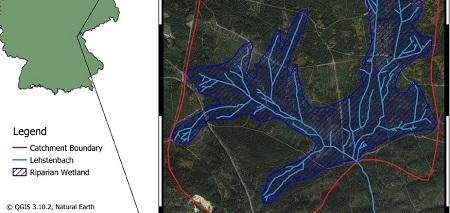
This study’s primary objective is to predict and analyze potential shifts in the water balance of headwater catchments in the lower mountain ranges in Central Europe, to estimate periods of hydrological drought conditions, and their characteristics. This was done using a Regional Climate Model Ensemble for the Lehstenbach catchment until the year 2100.
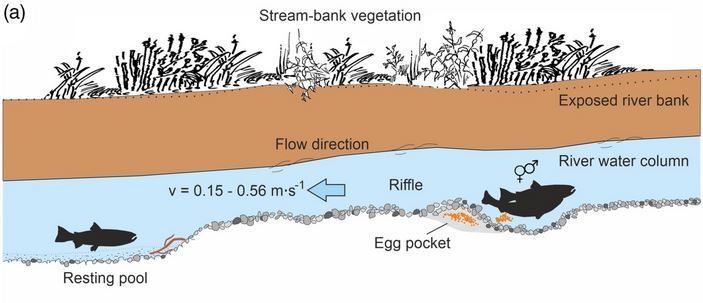
Hydropower is considered an important form of renewable energy, often involving hydropeaking - the water reservoir is filled and released periodically. The paper investigates effects of hydropeaking on fish habitats in a restored Danube tributary located 5km upstream the dam: successful development of salmonid eggs is inhibited here by the fluctuating waterlevel.
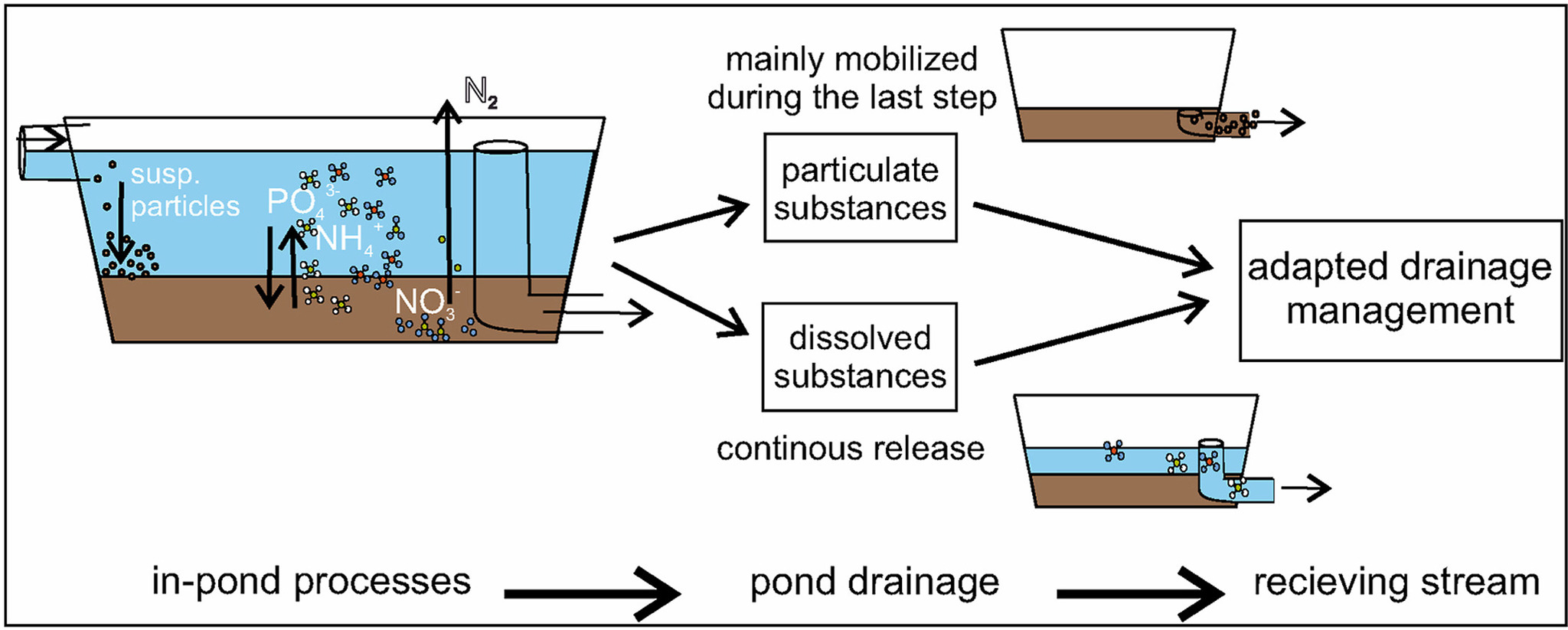
The role of fish ponds in sediment and nutrient inputs to a pearl mussel stream is examined. The paper compares two ways of draining ponds for fish harvesting. Nutrients dissolved in the water were released continuously, fine sediments mainly at the end of the draining process. A settling pond significantly reduces inputs of particulate matter, but different measures are needed for dissolved matter.
Blaurock, K., Beudert, B., Gilfedder, B., Fleckenstein, J., Peiffer, S., Hopp, L.: Low hydrological connectivity after summer drought inhibits DOC export in a forested headwater catchment. Hydrology and Earth System Sciences, 25(9), 5133-5151 (2021).
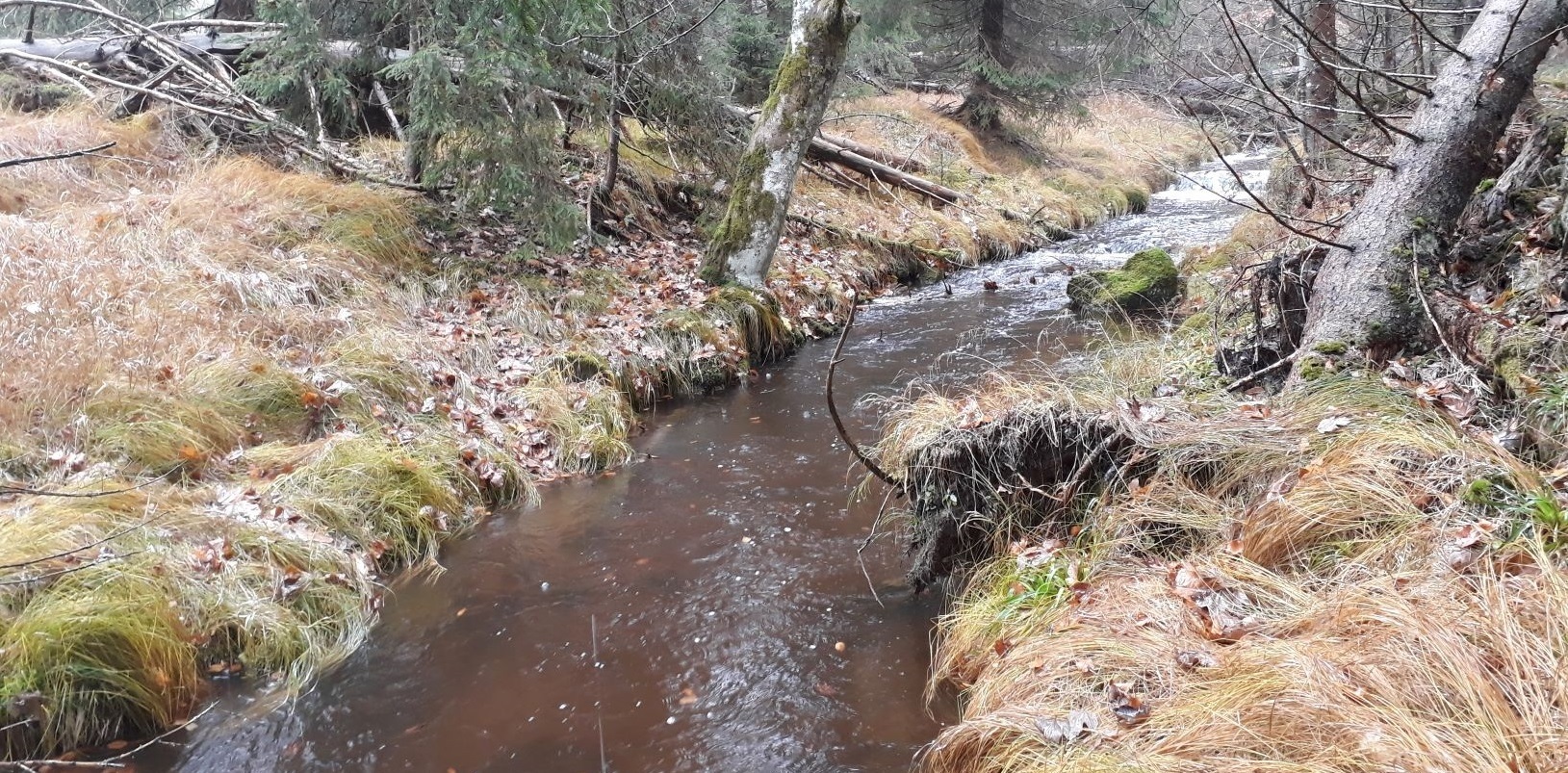
How does the amount of dissolved organic carbon (DOC) in a stream depend on the topography of the catchment, the current amount of precipitation and the soil moisture influenced by the previous weeks? The study investigates possible dependencies using the example of the Große Ohe in the Bavarian Forest National Park.
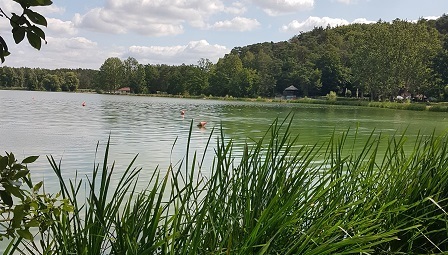
Cyanobacteria blooms degrade water quality, but also affect the turnover of carbon in water. The study uses stable isotope analyses over a total of 23 months at the Dechsendorf pond in the North of the Erlangen/Nuremberg area to investigate the effects of cyanobacteria blooms on inorganic as well as dissolved and particulate organic carbon in the water.

Natural disasters resulting from climate change are increasing in frequency and severity. Research has identified the diversity of plant species, ecosystems and landscape structures as a key factor in risk prevention. This article provides suggestions for sustainable and feasible approaches to crisis prevention at the landscape level - and calls for implementation.
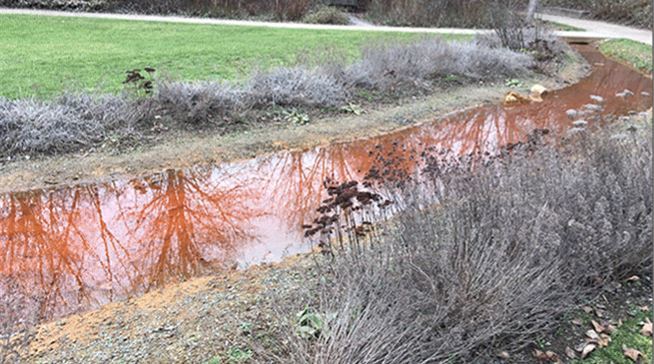
The methodological study deals for the first time with the seasonal dynamics of iron oxidation in a natural iron-rich water body, the Espan spring near Fürth/Germany. Measurement and analysis methods were tested that can be used to identify the processes that determine dissolved oxygen content. Oxygen isotope analyses are an important tool in AquaKlif.
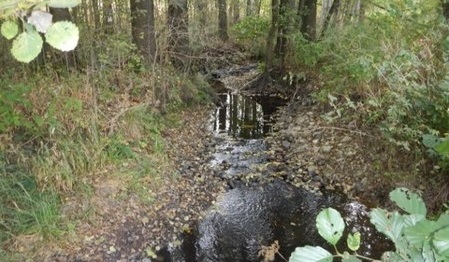
The importance of groundwater for the water balance of stream headwaters, which make up a large part of the world's flowing waters, is discussed. When water flow is low, the proportion of groundwater in small headwaters may rise up to 70%, and aquatic ecosystems are then increasingly dependent on groundwater inflows. This should be taken into account for maintenance and protection of streams under changing climatic conditions.
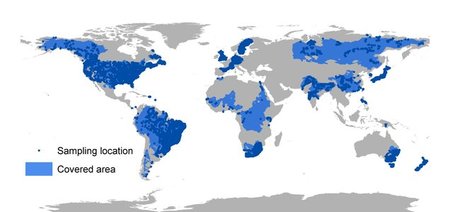
The continuous accumulation of dissolved oxygen is vital for aquatic organisms and is threatened by many factors. Rivers integrate biogeochemical information of entire catchments, and their oxygen dynamics can reflect the health of ecosystems and landscapes. This review article shows these interrelations based on analyses from the GLObal RIver CHemistry Datenbank, and suggests new monitoring approaches for streams.
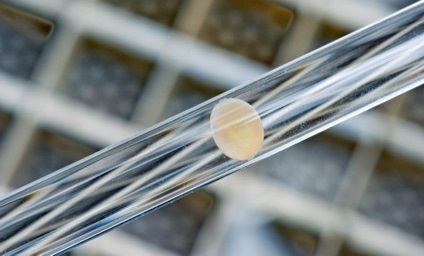
Increased deposition of fine sediments in rivers and streams affects important ecosystem processes at the sediment-water interface and is critical to stream habitat quality. The "HydroEcoSedimentary Tool" enables the collaborative assessment of sedimentation and other ecologically relevant processes in streambeds, with a focus on early life stages of brook trout. The new tool extends existing monitoring options of the stressor fine sediment deposition in streams.
Increasing the water-holding capacity of agricultural soils serves not only to mitigate drought stress but also to alleviate the problems of flooding and erosion, the effects of which are being studied in AquaKlif.
Further material is listed in Publications from AquaKlif in German Language.





